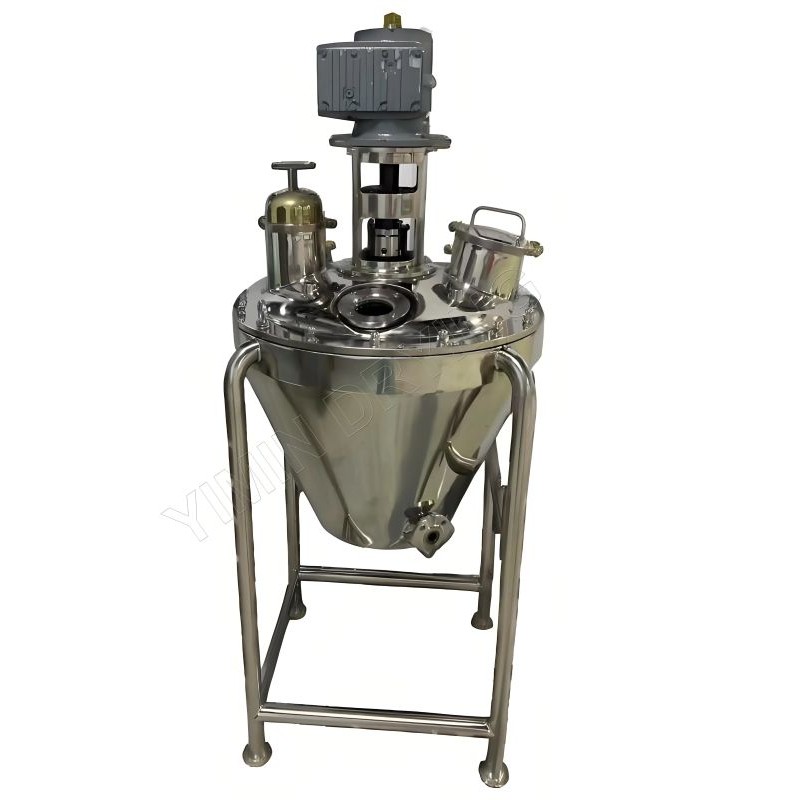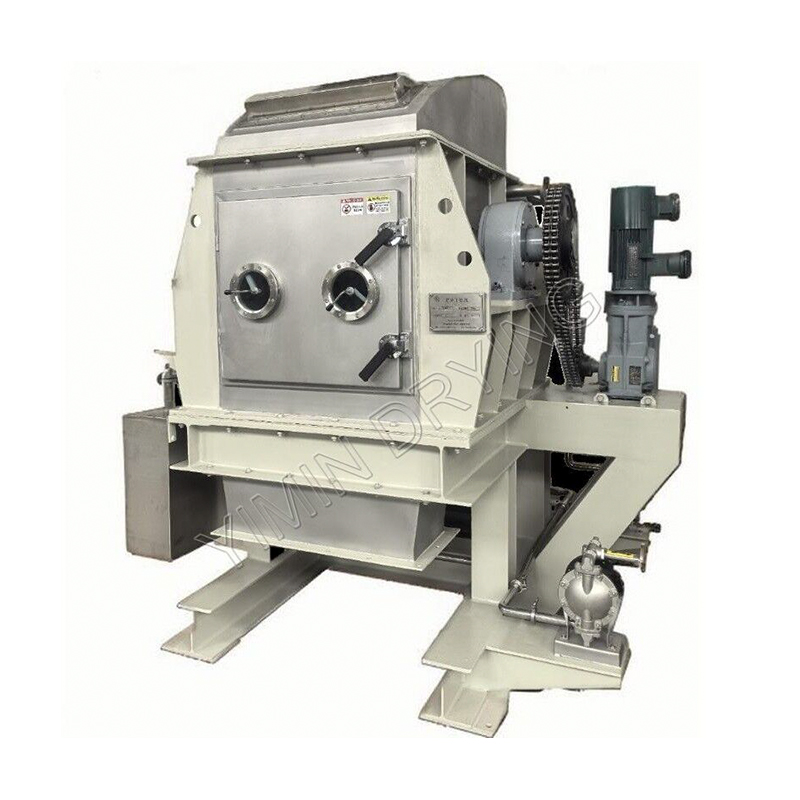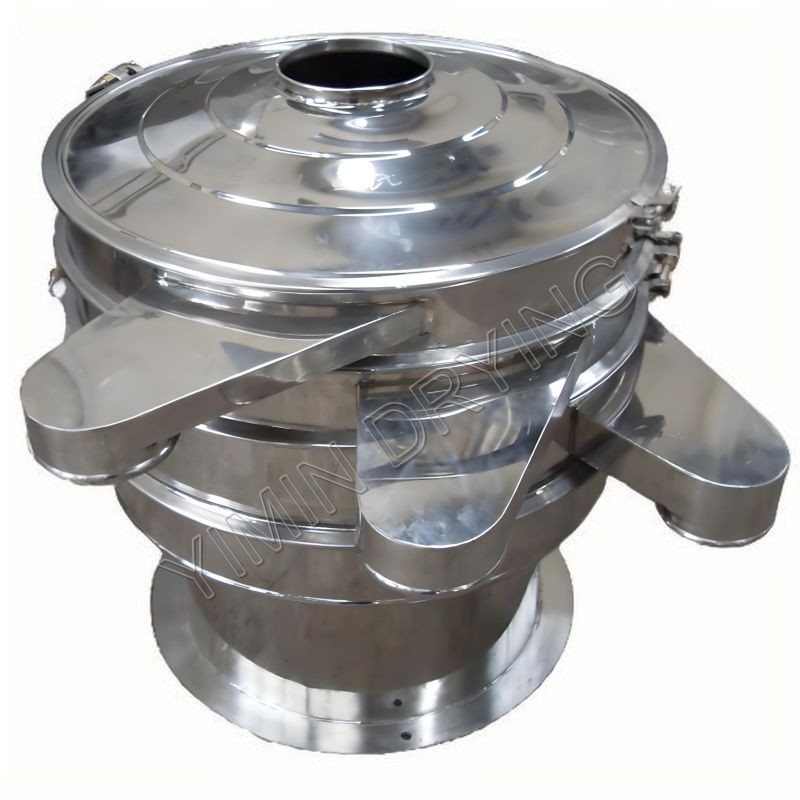What is a Vacuum Dryer Used For?
A vacuum dryer is an industrial drying device that removes moisture from products by operating under reduced pressure (vacuum conditions), which lowers the boiling point of water and other solvents. This allows drying to take place at lower temperatures, making it ideal for temperature-sensitive, oxidizable, or volatile substances. Vacuum dryers are widely used in industries such as pharmaceuticals, chemicals, food processing, and materials science.
Working Principle
In a vacuum dryer, the product is placed in a sealed chamber. Air and vapor are extracted using a vacuum pump, creating a low-pressure environment. Heat is applied—either through conduction (via heated shelves or plates) or radiation—causing the moisture to evaporate. Because of the reduced pressure, evaporation occurs at lower temperatures than atmospheric boiling points, which is beneficial for preserving the product’s physical and chemical integrity.
Key Industrial Applications
1. Pharmaceutical Industry
Vacuum dryers are critical for:
Drying Active Pharmaceutical Ingredients (APIs) without thermal degradation.
Maintaining sterility and preventing contamination in sensitive drugs.
Handling solvent recovery, particularly in processes using ethanol or acetone.
Complying with strict Good Manufacturing Practice (GMP) standards.
2. Food and Nutraceuticals
Used to produce:
Fruit and vegetable powders, dairy derivatives, and herbal extracts.
Products with high retention of flavor, aroma, and nutrients due to low-temperature drying.
Instant drink mixes, protein powders, or food additives requiring gentle processing.
3. Chemical Processing
Vacuum dryers help with:
Drying fine chemicals, catalysts, dyes, and polymers.
Preventing oxidation or hazardous reactions during moisture removal.
Increasing yield and preserving chemical structure and potency.
4. Cosmetic and Personal Care
Used to dry plant-based actives, essential oils, and formulation bases.
Ensures stability of fragrance compounds and natural antioxidants.
Reduces risk of microbial contamination during production.
5. Electronics and Advanced Materials
Utilized in the drying of battery-grade materials, like lithium compounds.
Supports moisture-sensitive components in nanotechnology and semiconductors.
Ensures thermal uniformity in delicate composite or ceramic structures.
6. Research and Development
Widely adopted in labs for:
Formulation development, pilot testing, and scale-up studies.
Experimentation with thermally unstable or exotic materials.
Advantages of Vacuum Dryers
Low drying temperature: Ideal for substances that degrade above 50–60°C.
Minimal oxidation risk: Due to absence of air/oxygen.
Efficient solvent removal: Recovered vapors can be condensed and reused.
Uniform drying: Especially in tray and rotary vacuum models.
Product quality preservation: Retains physical appearance, potency, and bioactivity.
Common Types of Vacuum Dryers
Vacuum Tray Dryer (VTD) – Suitable for bulk solids and granules.
Rotary Vacuum Dryer (RVD) – Ideal for wet powders and slurries.
Conical Screw Dryer – Used for uniform drying of sticky or sensitive products.
Vacuum Shelf Dryer – Common in lab or pilot-scale operations.
Considerations When Using a Vacuum Dryer
Requires vacuum-compatible materials (e.g., stainless steel, glass lining).
Needs regular maintenance of seals, vacuum pumps, and heating systems.
Capital and operational costs are higher than conventional dryers but are offset by better product quality and solvent recovery.




 English
English русский
русский عربى
عربى Türk
Türk




